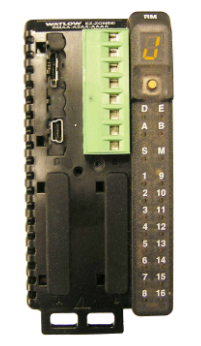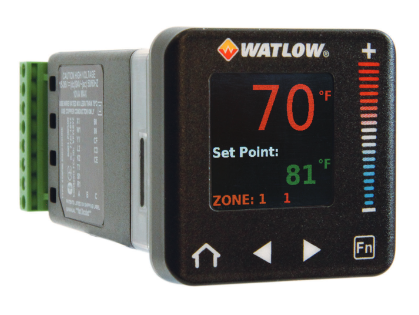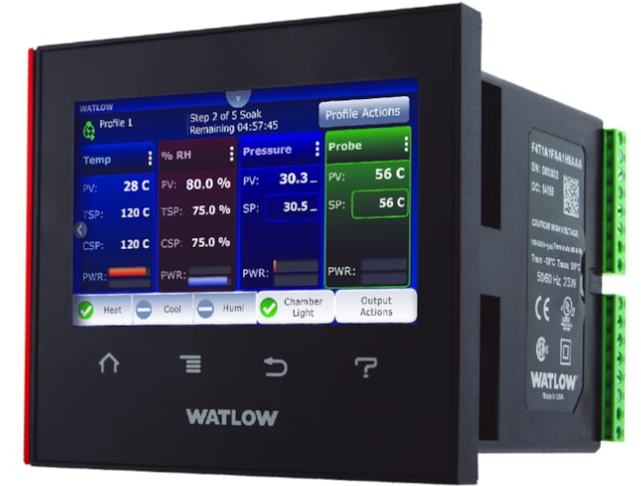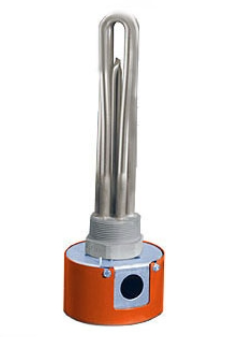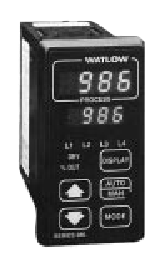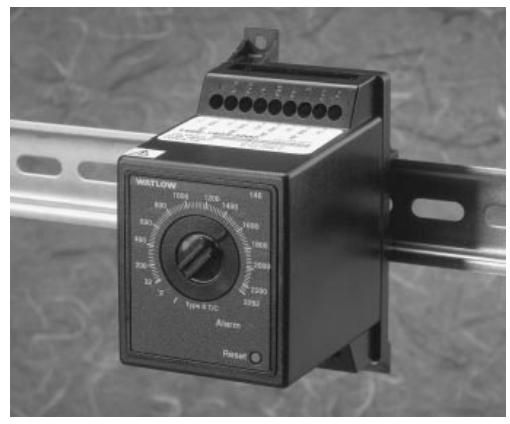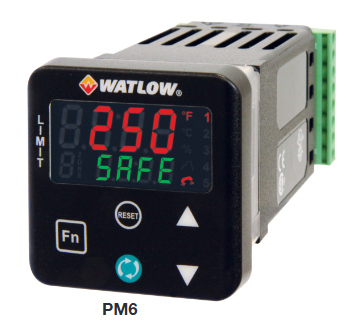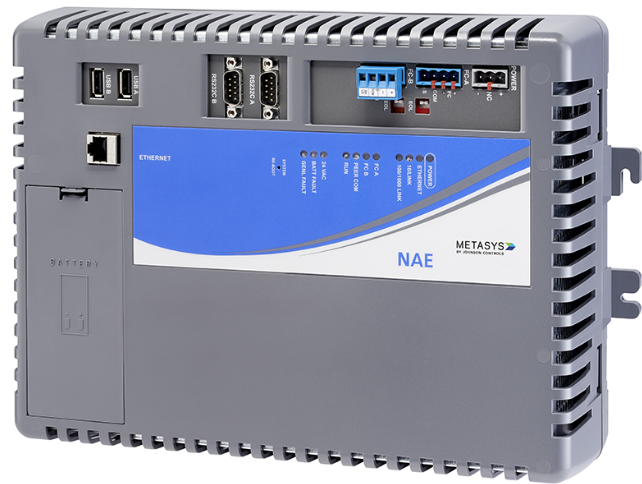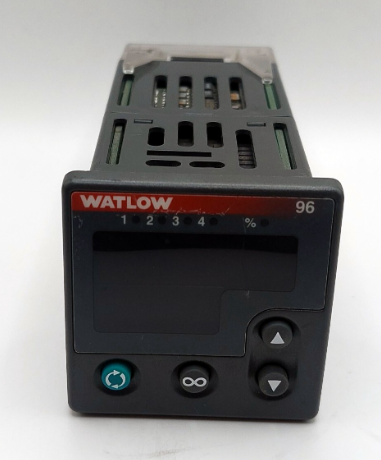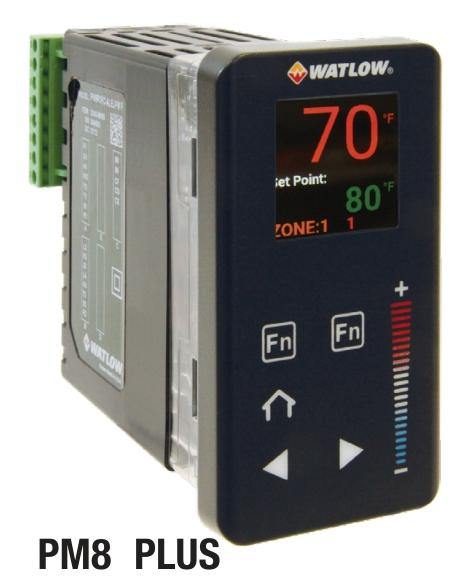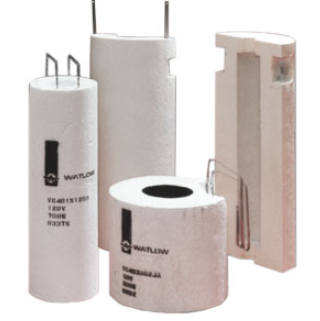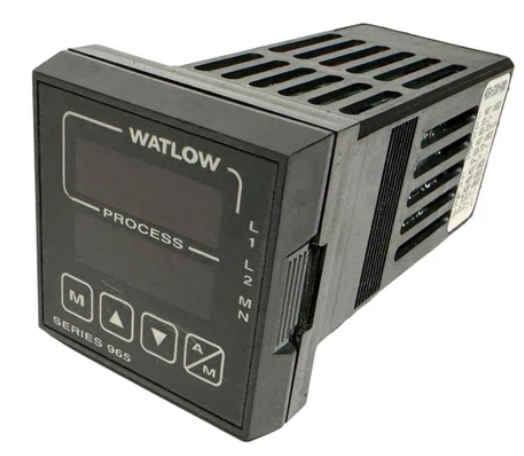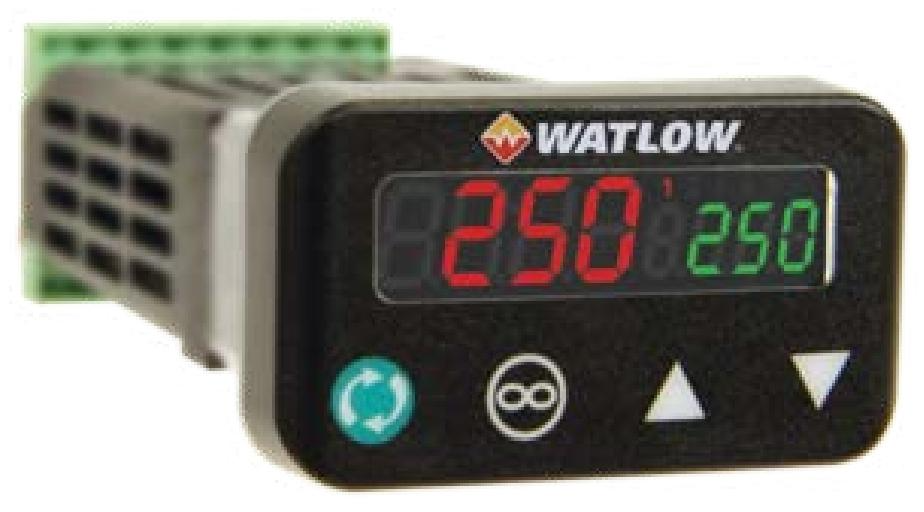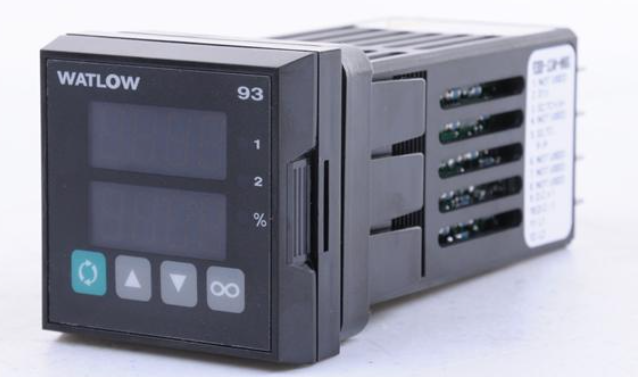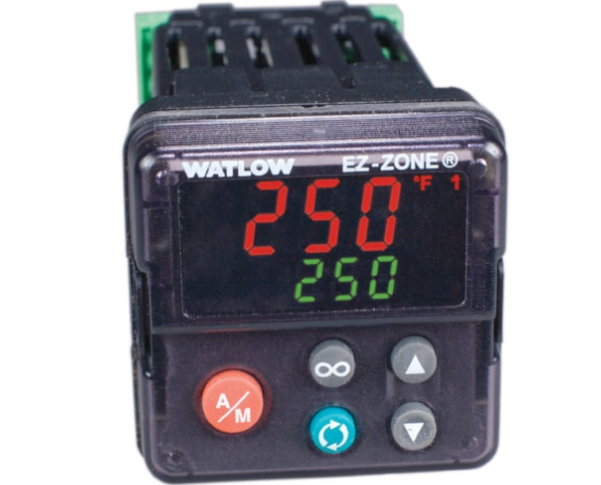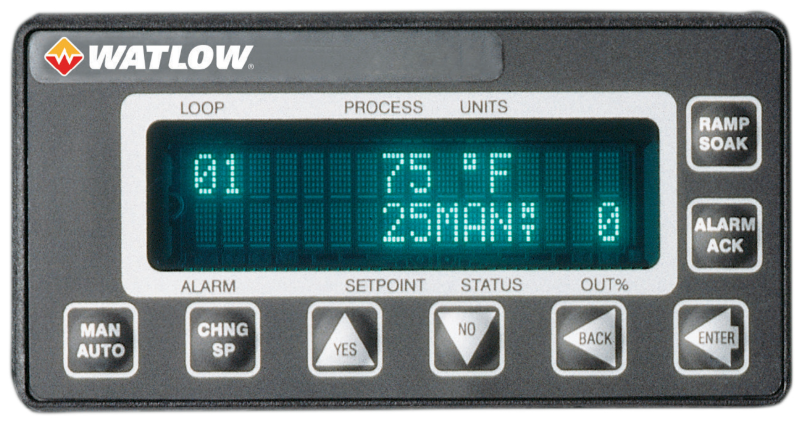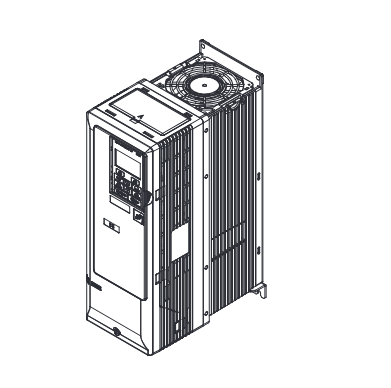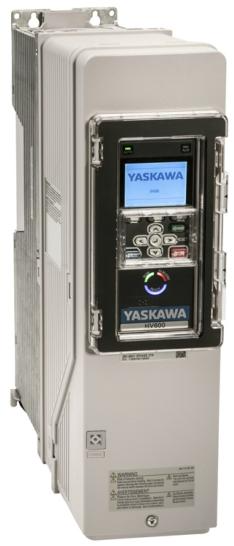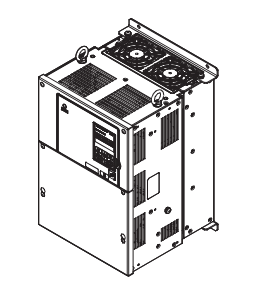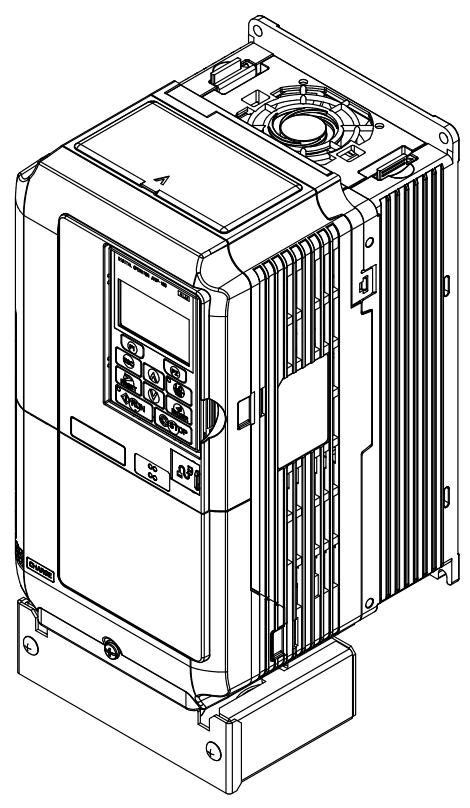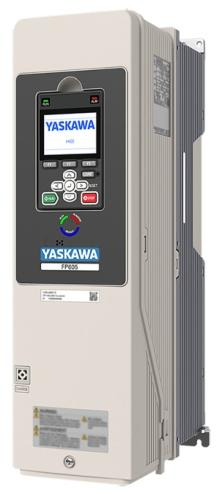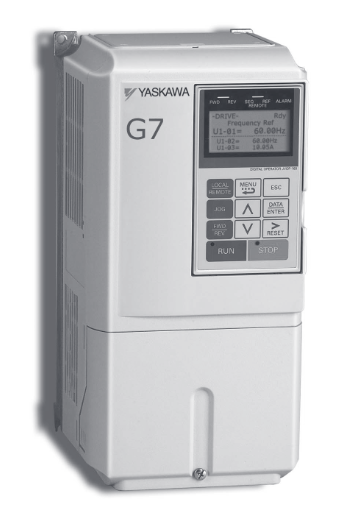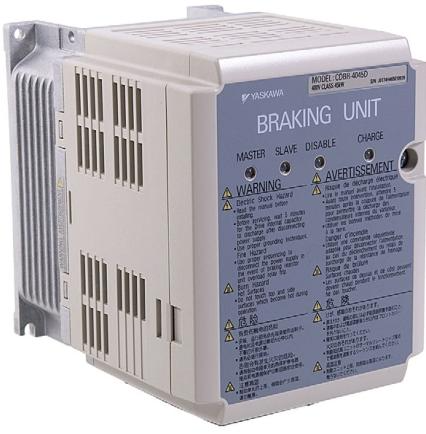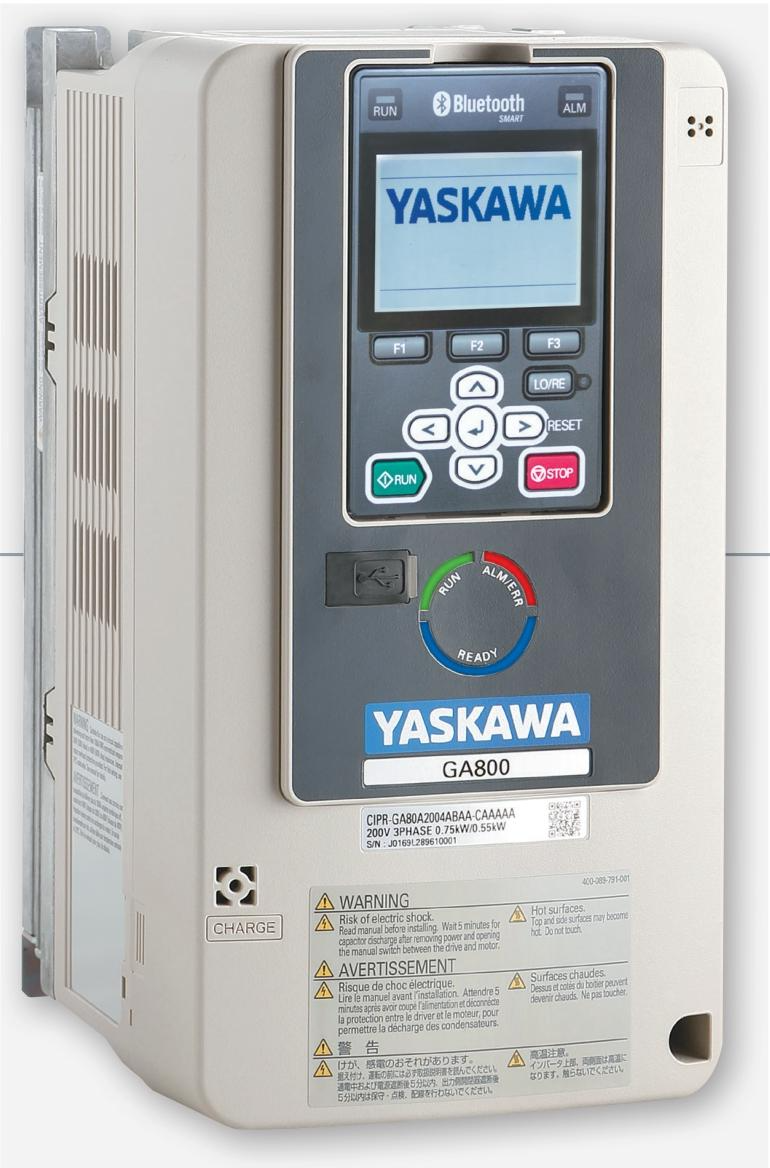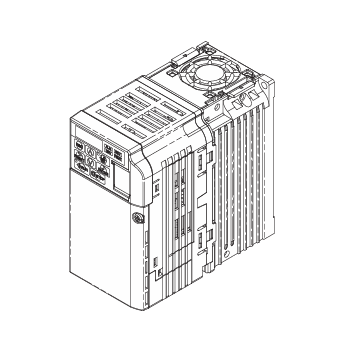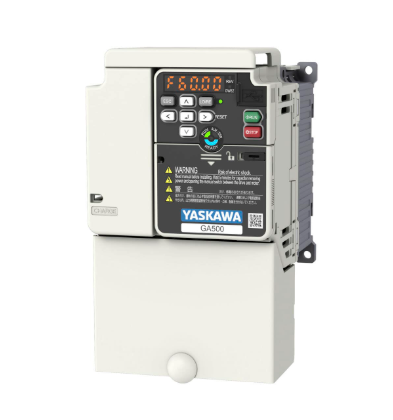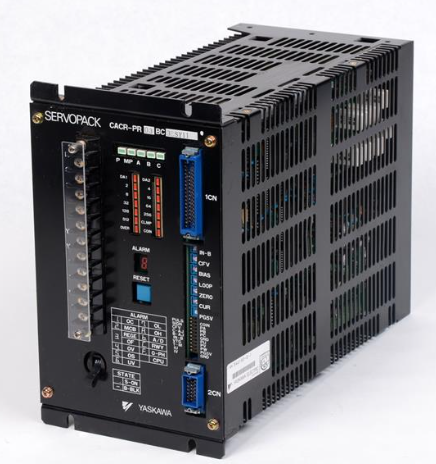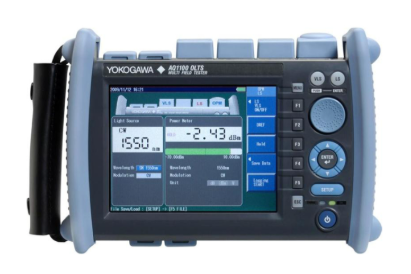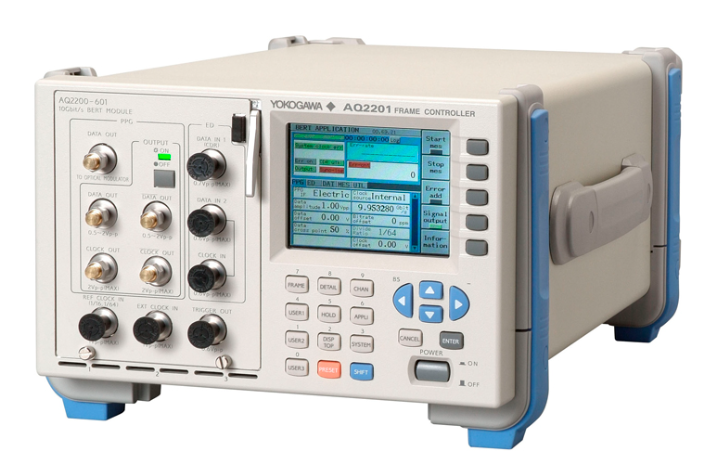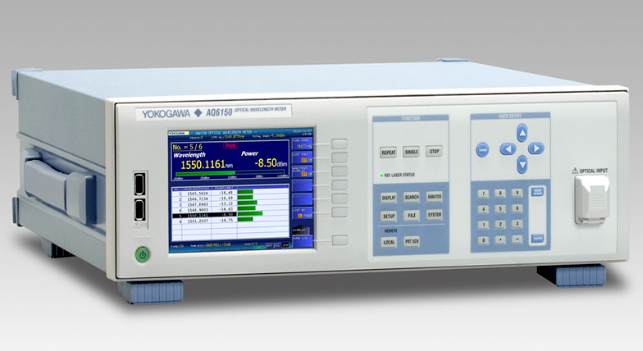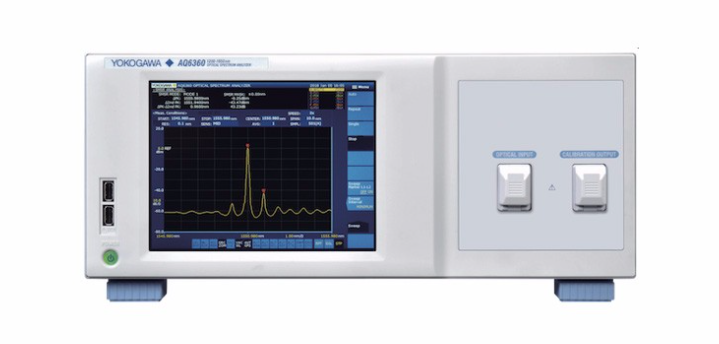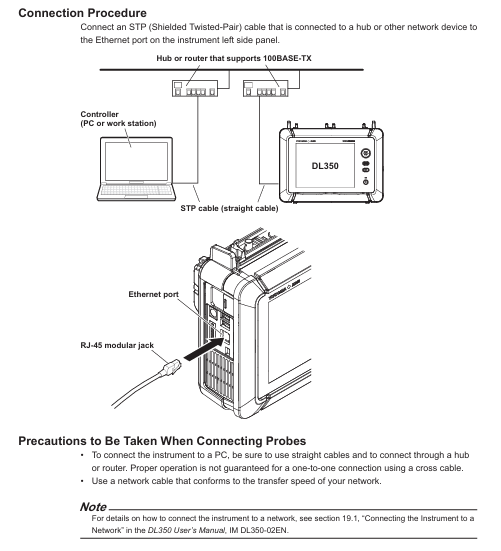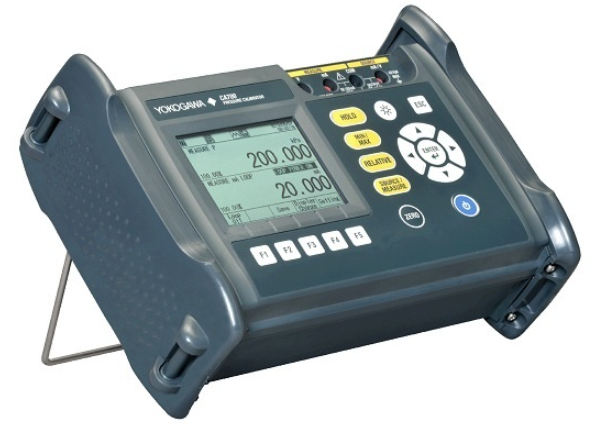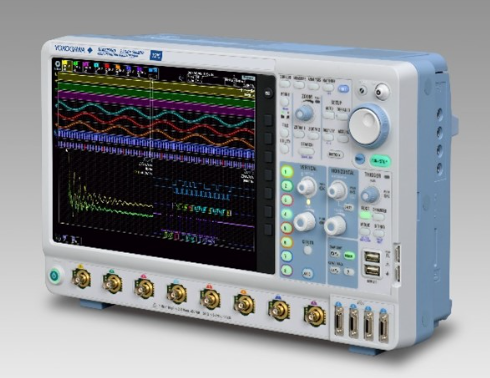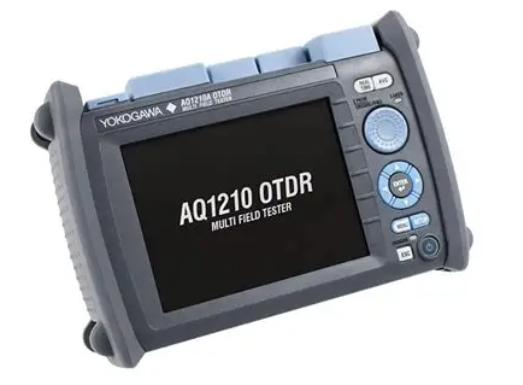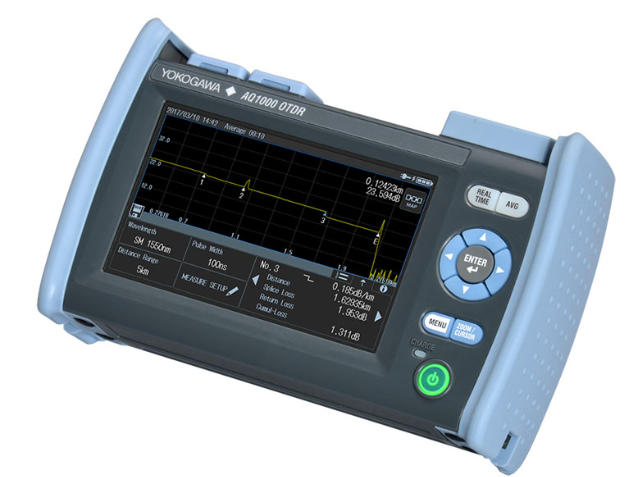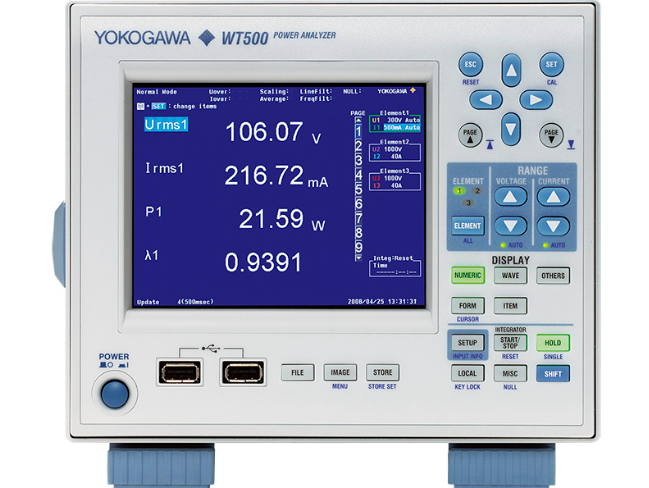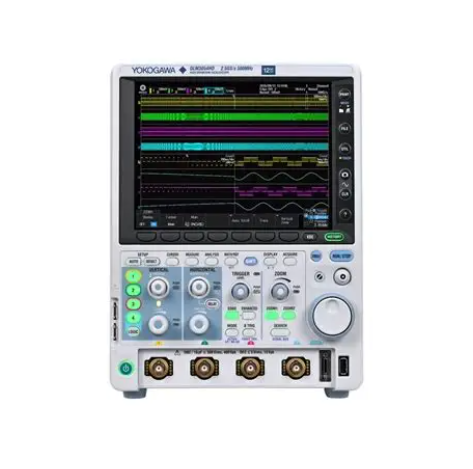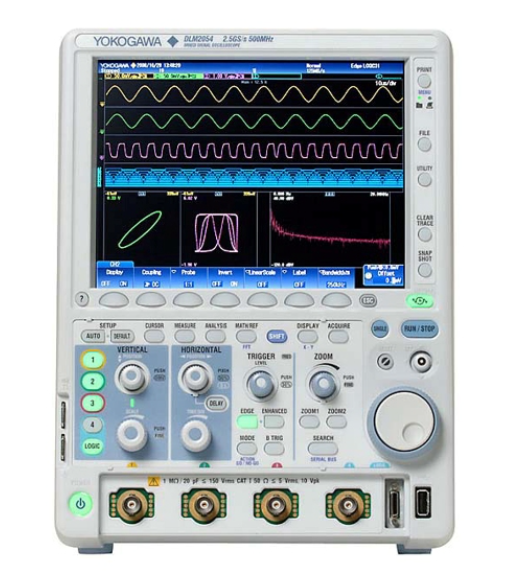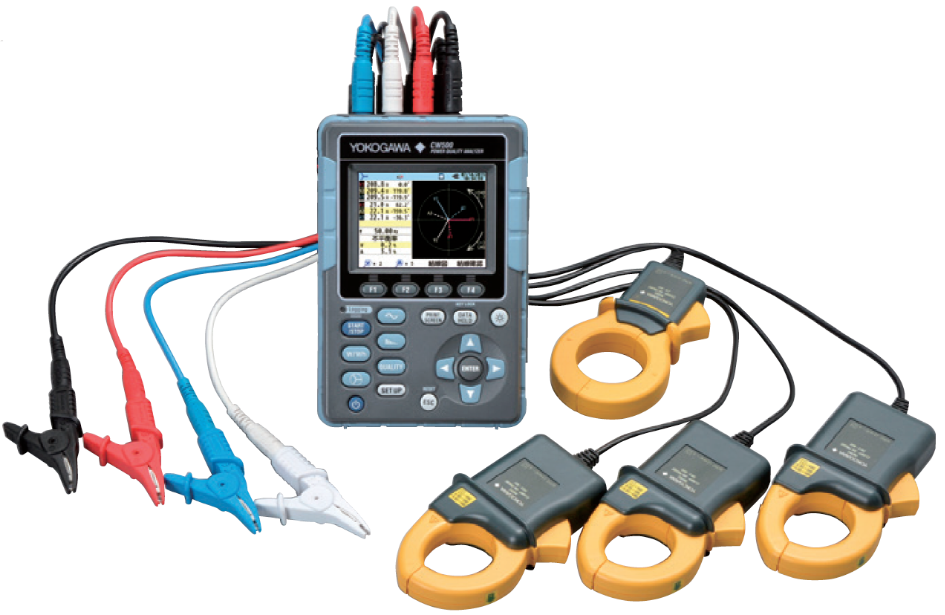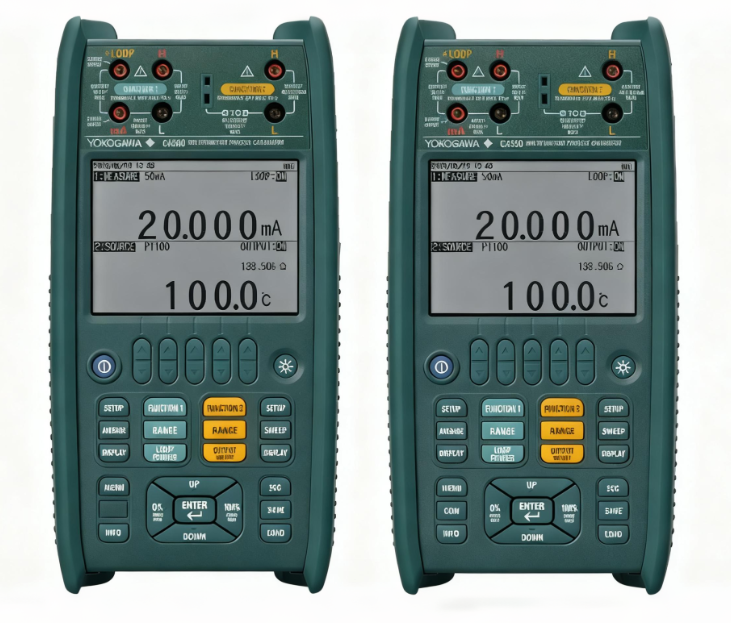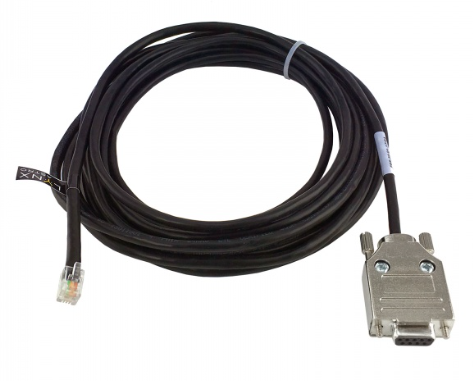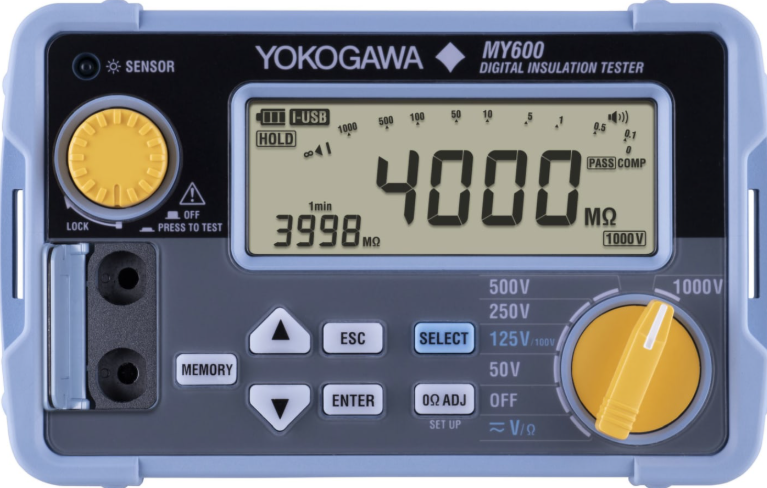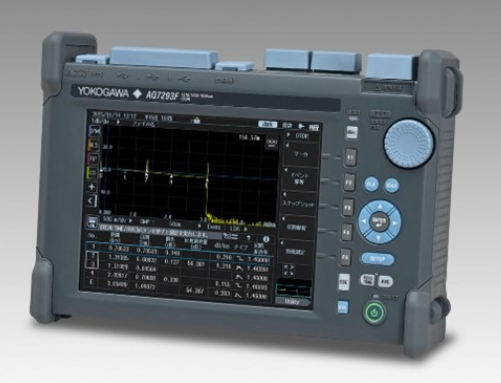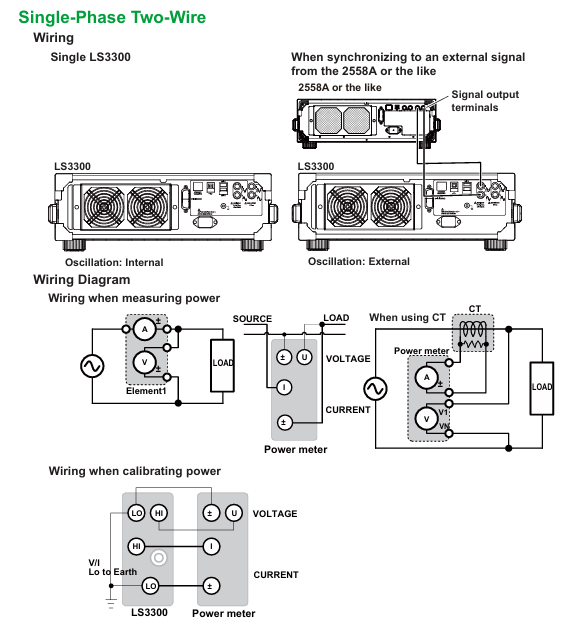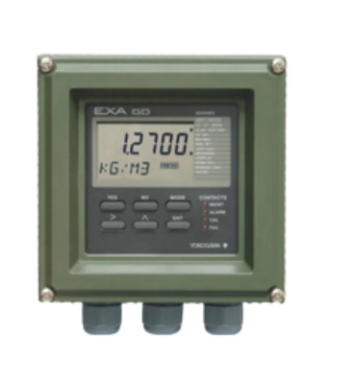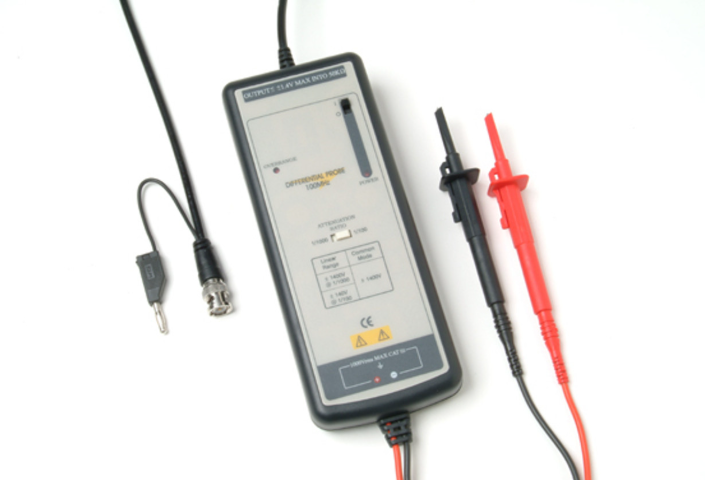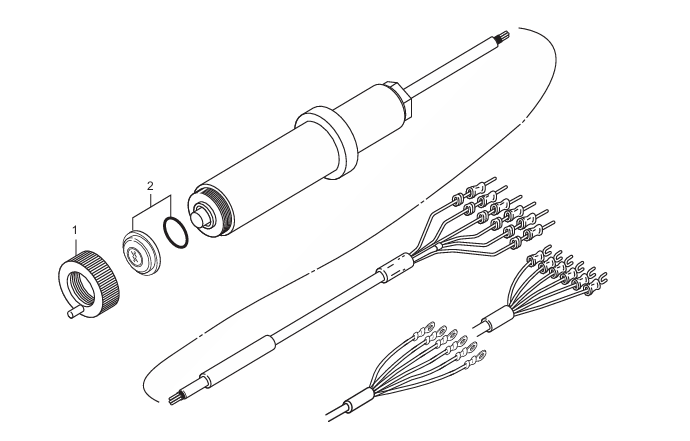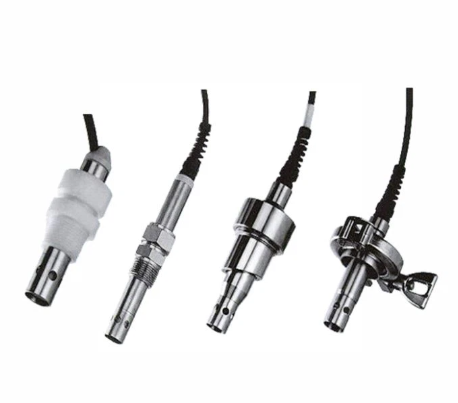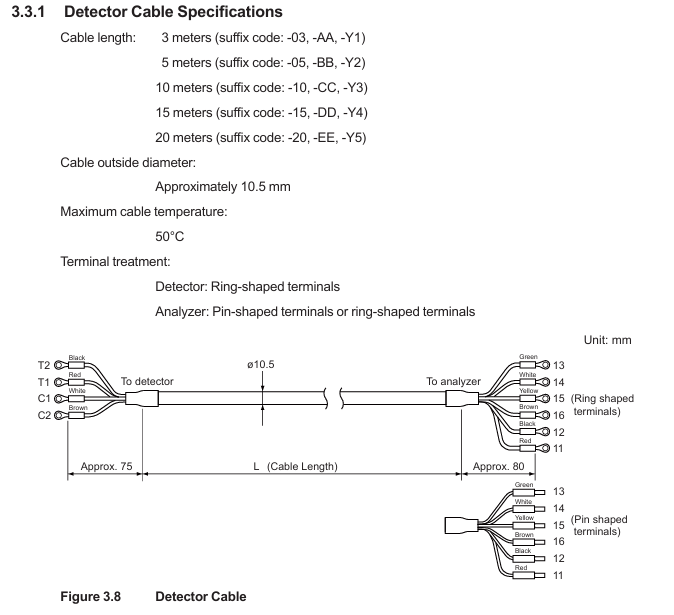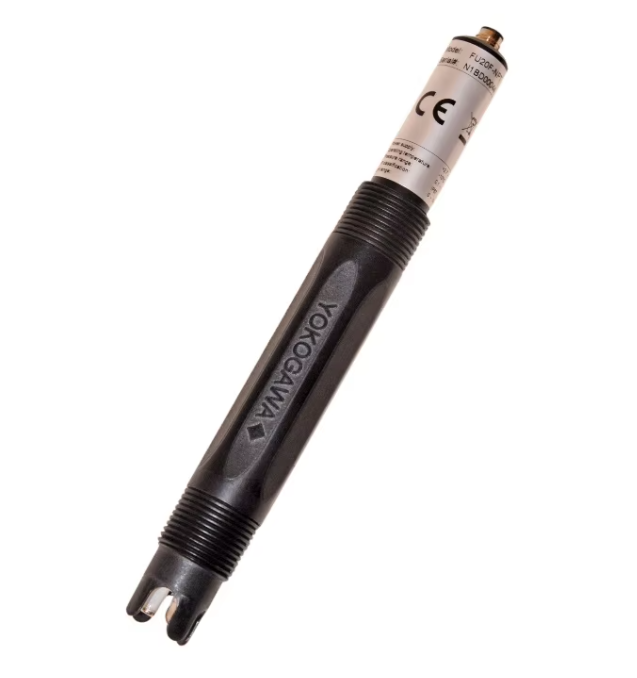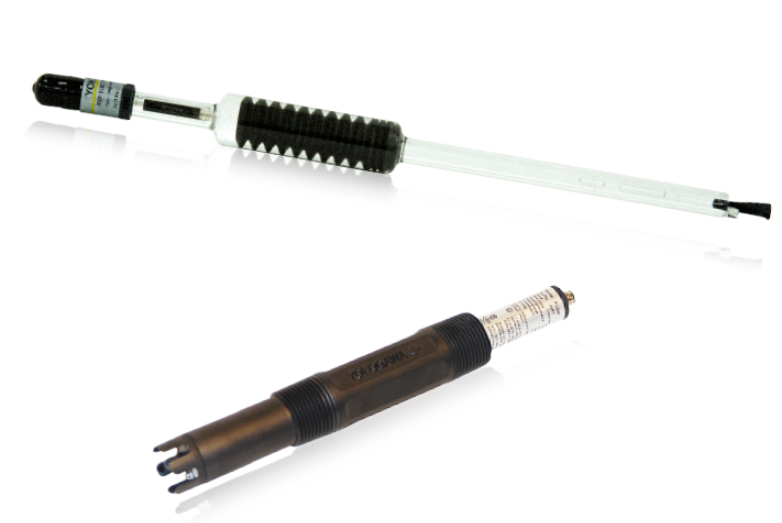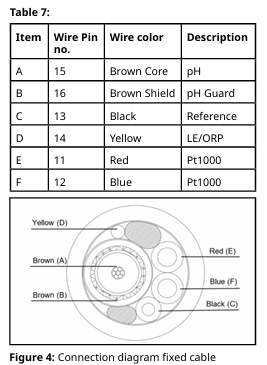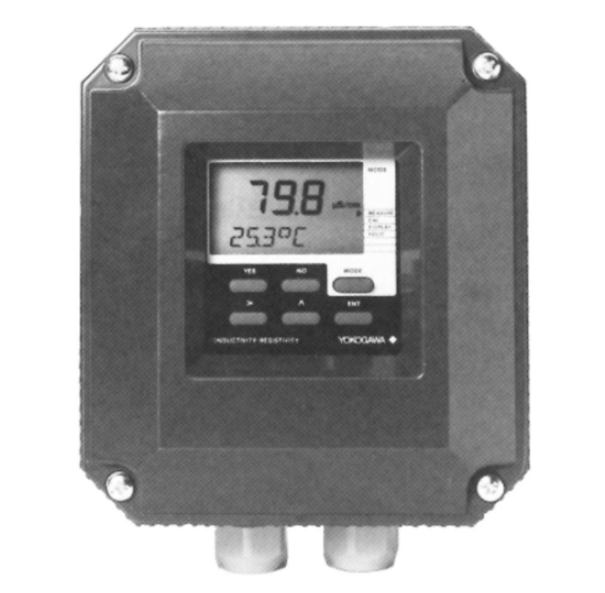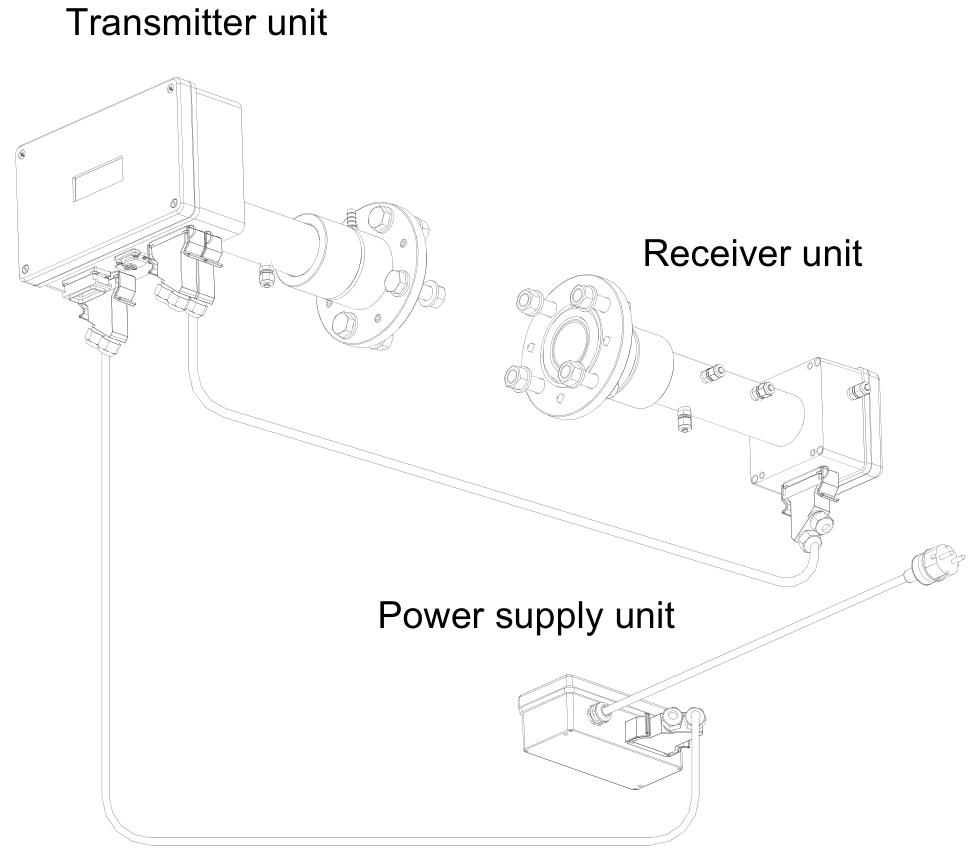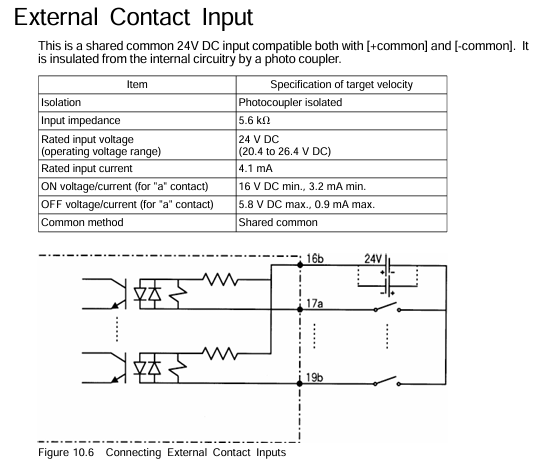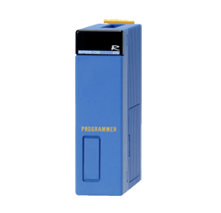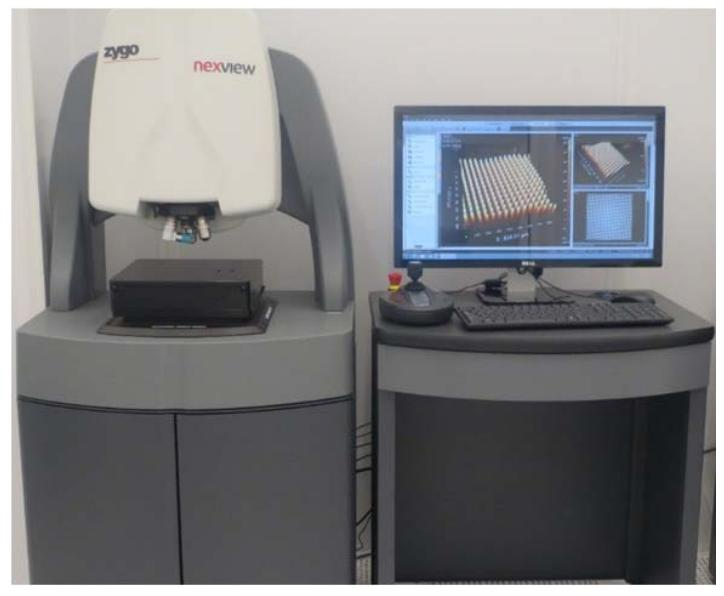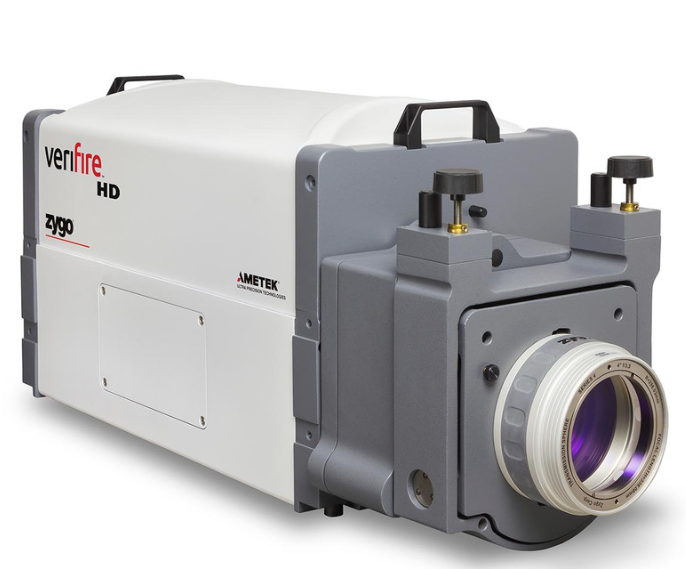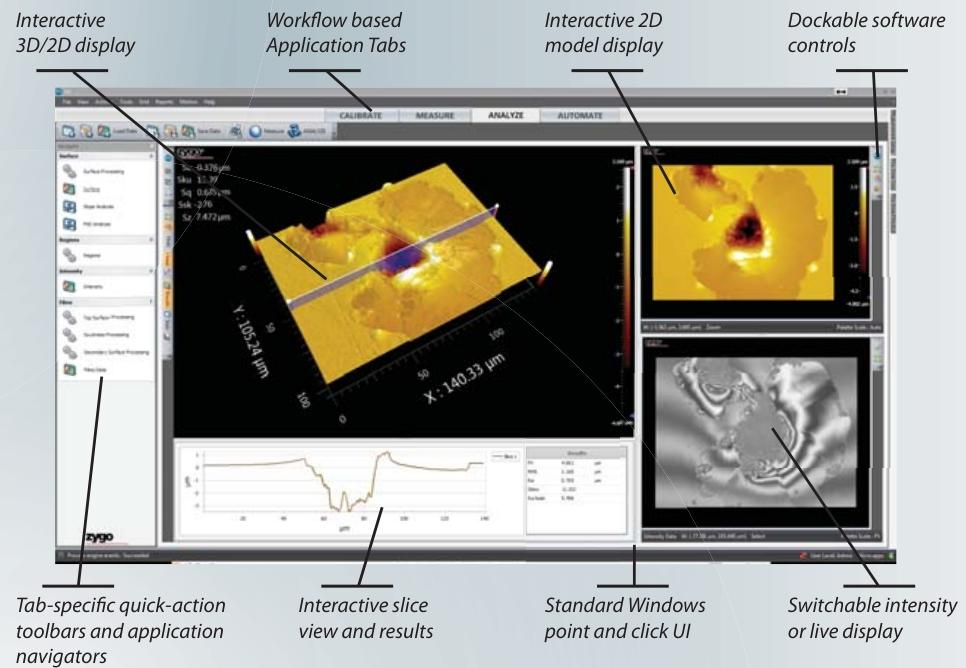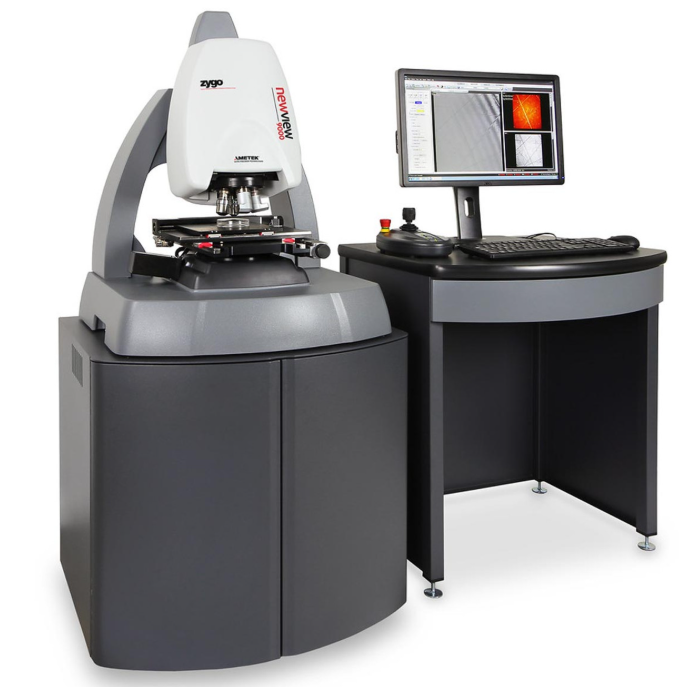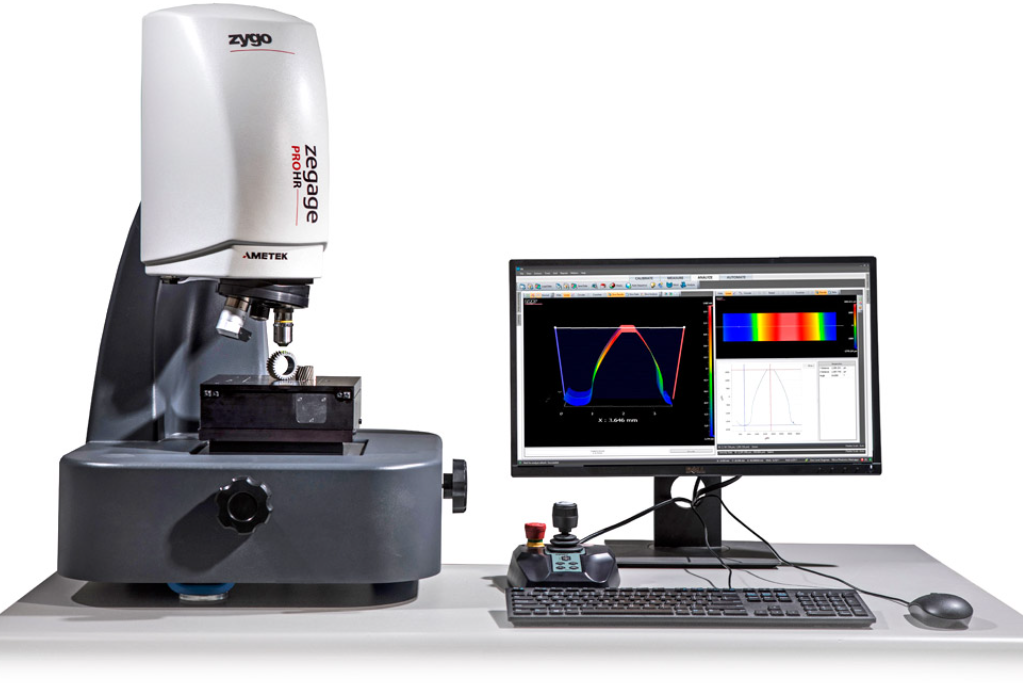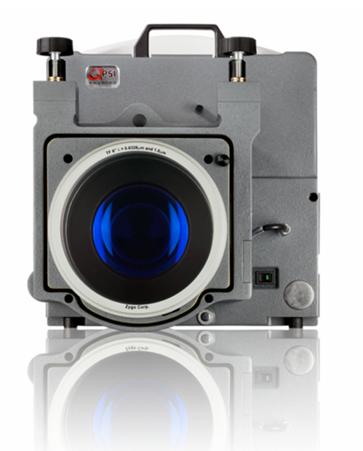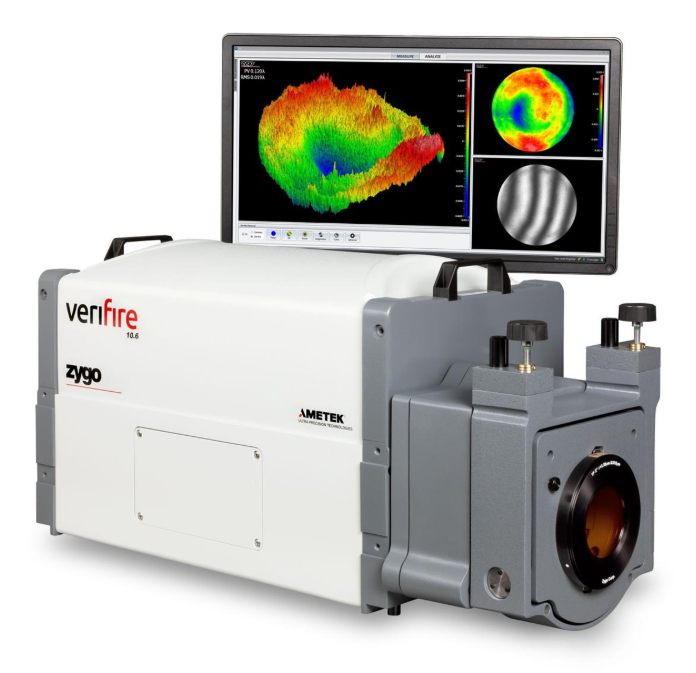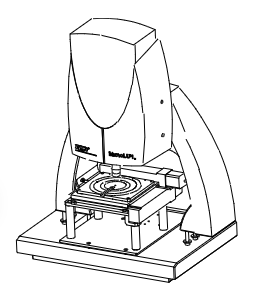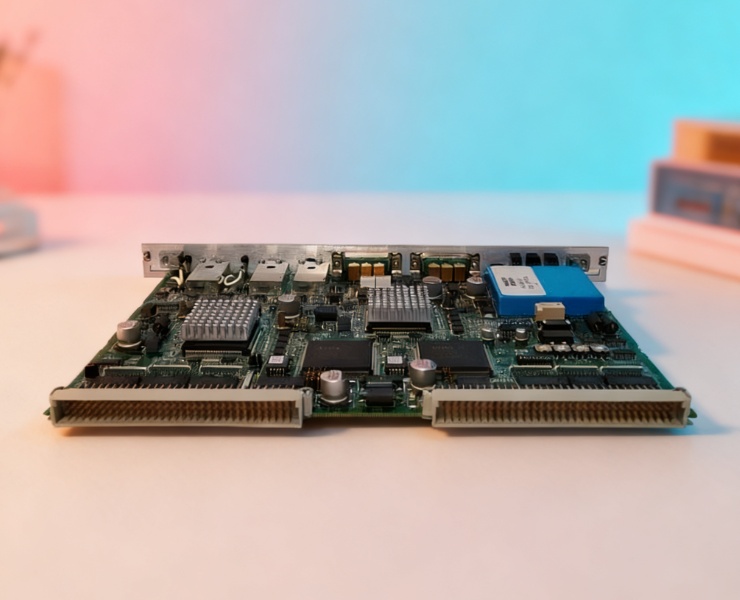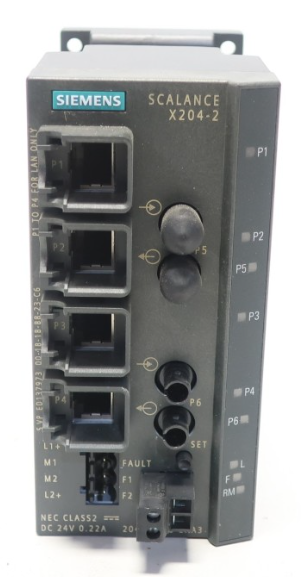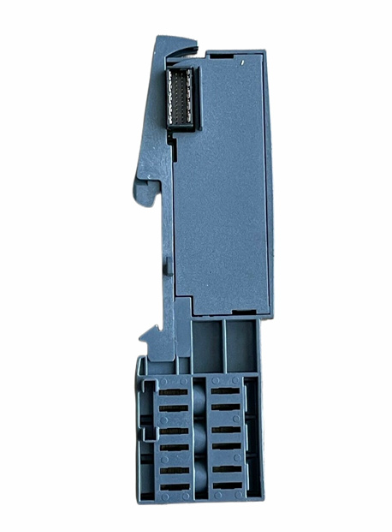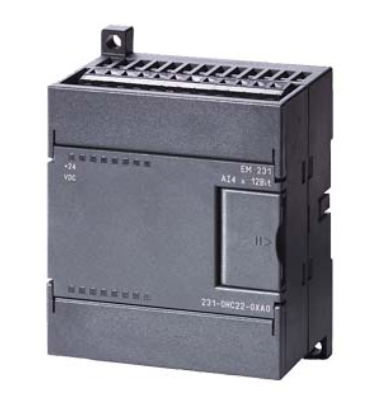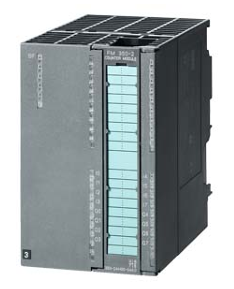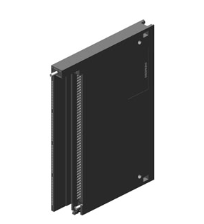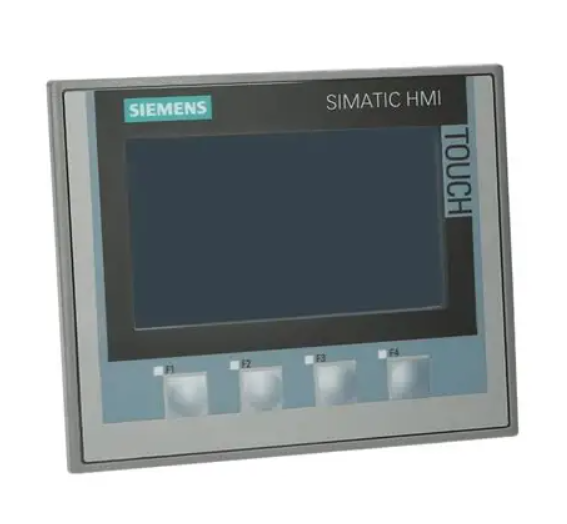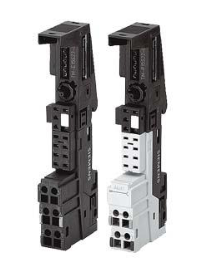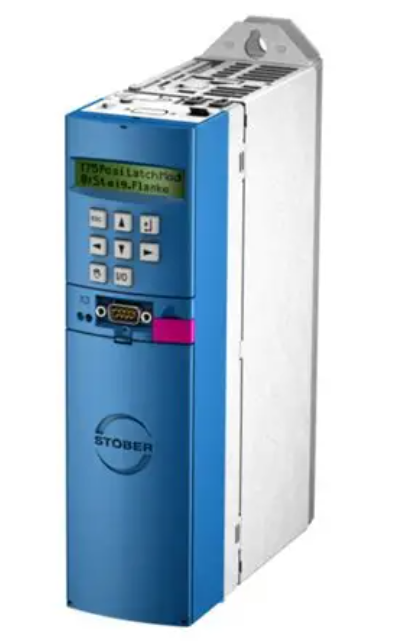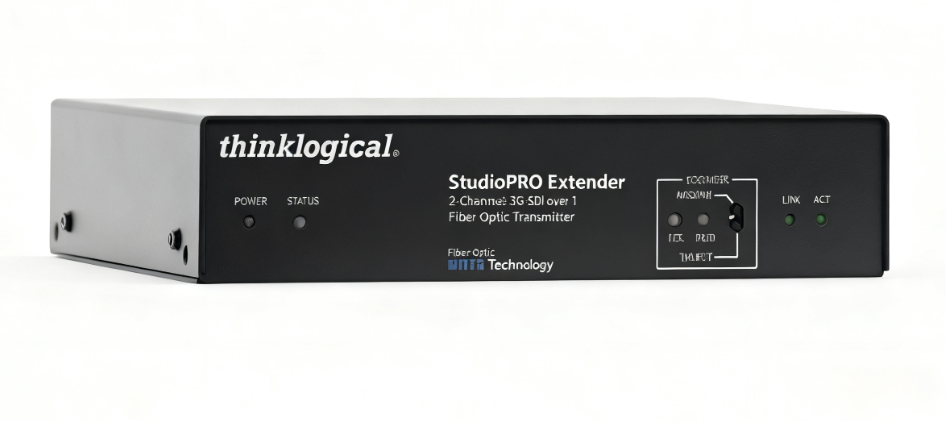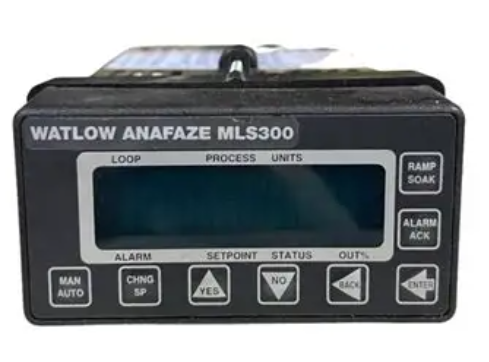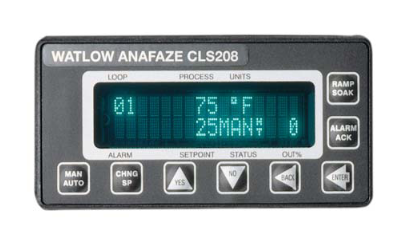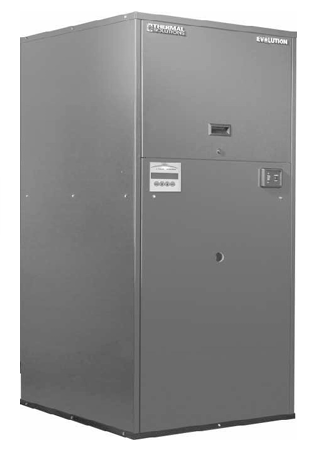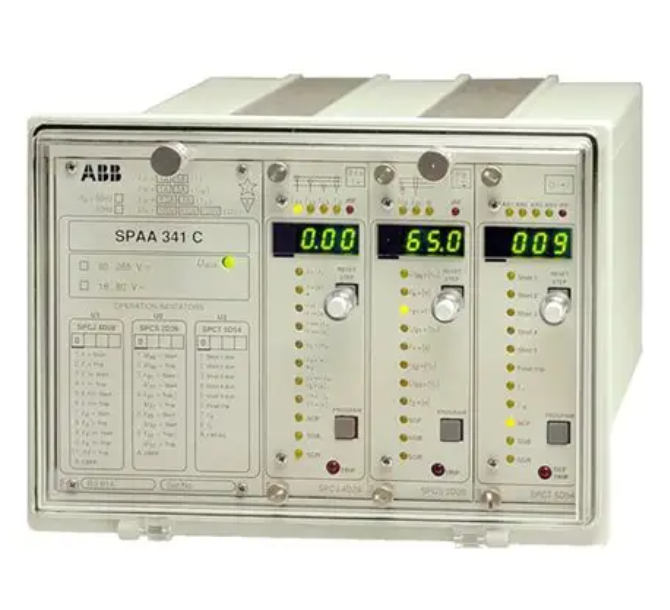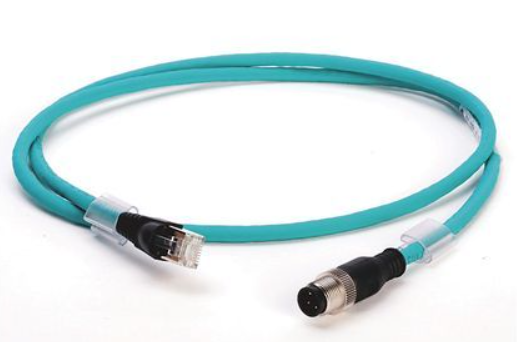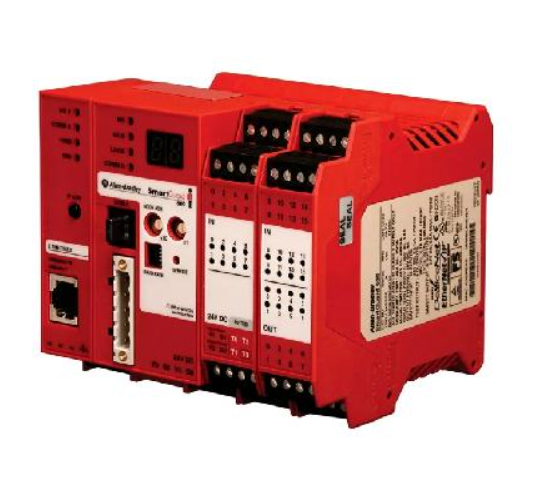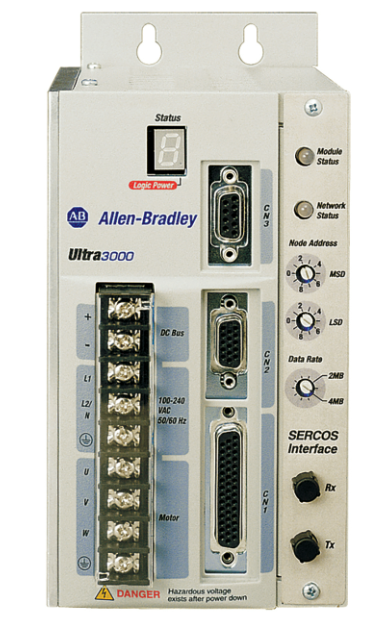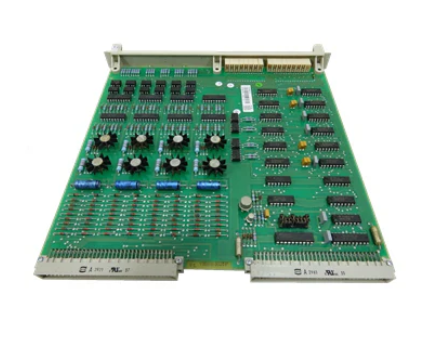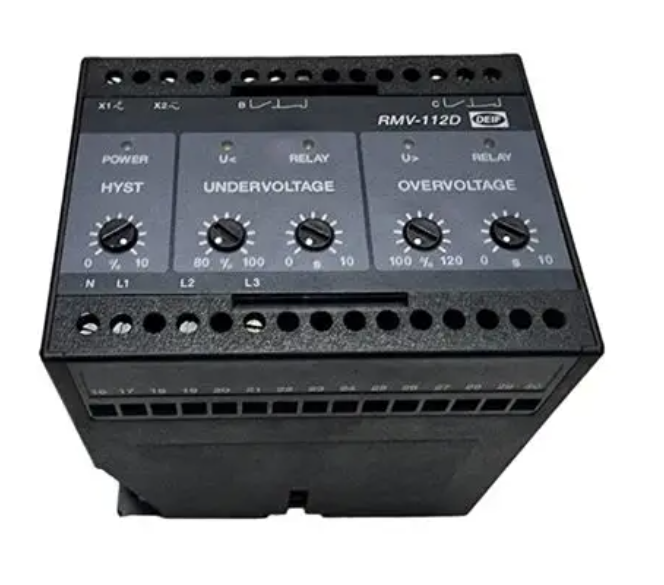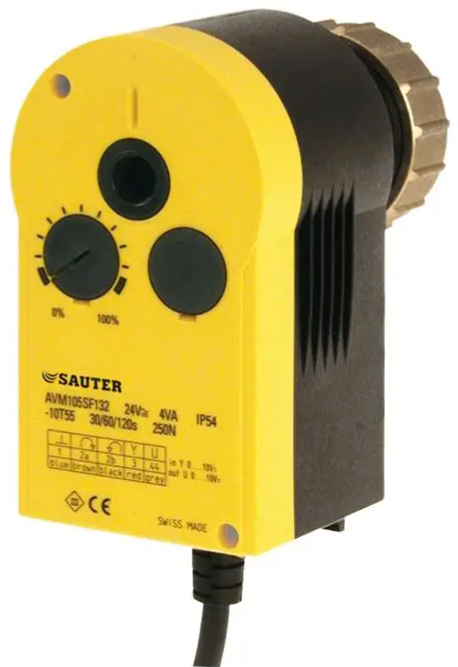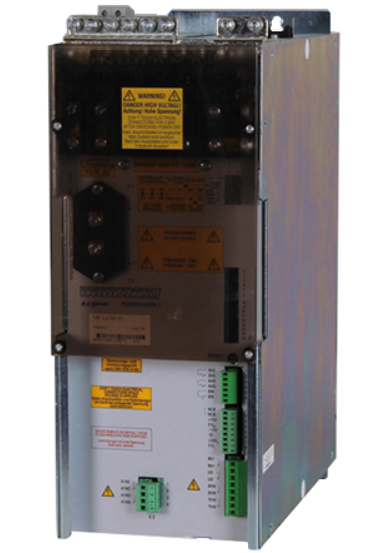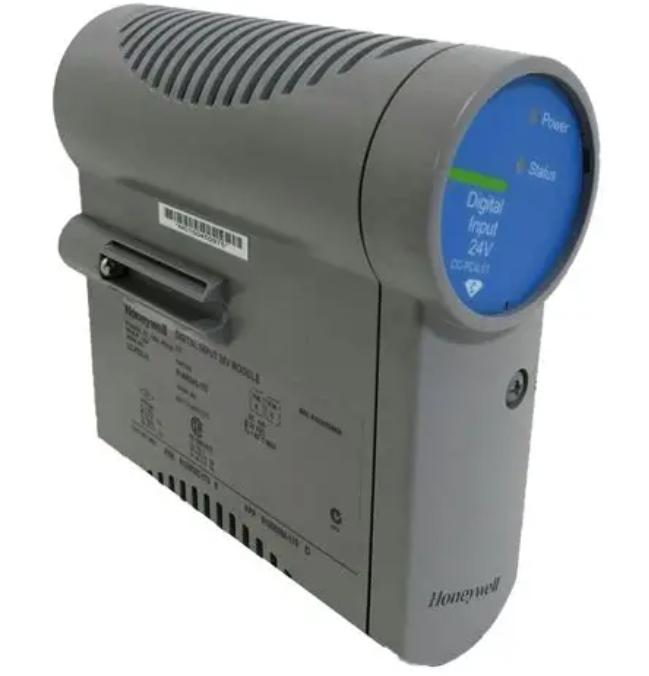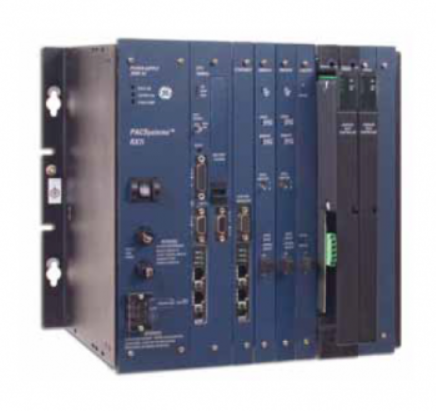

K-WANG
+086-15305925923
Service expert in industrial control field!
Product
Article
NameDescriptionContent
Adequate Inventory, Timely Service
pursuit of excellence


Ship control system
Equipment control system
Power monitoring system
Current position:
Brand
Description
**ABB SNAT633PAC Pulse Amplifier Board**
ABB SNAT633PAC Pulse Amplifier Board - High-Performance Control Module
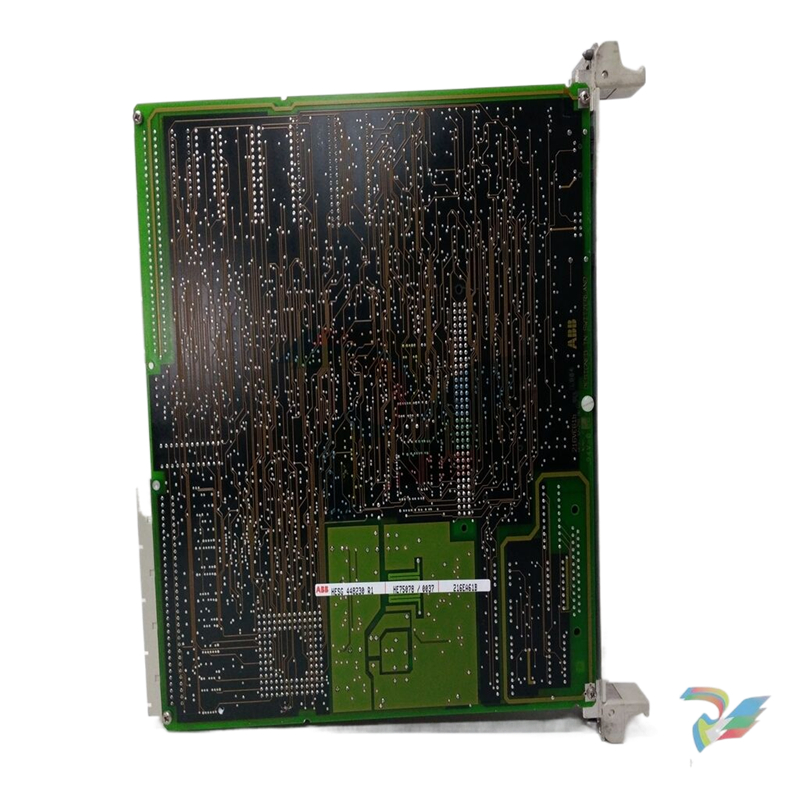
ABB SNAT633PAC Pulse Amplifier Board - High-Performance Control Module
**ABB SNAT633PAC Pulse Amplifier Board**
The ABB SNAT633PAC Pulse Amplifier Board is a powerful solution designed to meet the demanding needs of the power industry, petrochemical sector, and general automation applications. As a part of ABB's renowned automation products, this board excels in enhancing signal fidelity and operational efficiency across various systems.
**Unique Key Technical Features**
The ABB SNAT633PAC Pulse Amplifier Board offers impressive input/output capacity, capable of handling multiple signal types with precision. With an input voltage range from 24 to 48 VDC, it ensures compatibility with a wide array of industrial systems. The output capacity is optimized for high-performance applications, delivering robust pulse amplification that supports effective communication between devices.
Durability is a hallmark of the SNAT633PAC, featuring a rugged design that withstands the rigors of industrial environments. Constructed to endure extreme temperatures and vibrations, this board is ideal for deployment in challenging settings typical of the power and petrochemical industries. Its performance metrics indicate rapid response times, ensuring timely signal processing and minimal latency, which is critical for real-time operations.
**Real-World Usage Scenarios**
In practical applications, the ABB SNAT633PAC Pulse Amplifier Board shines in environments where reliable signal transmission is essential. In the power industry, it can be deployed in substations, enhancing communication between control systems and field devices. The board’s ability to amplify pulses ensures that even the faintest signals are accurately transmitted, which is crucial for monitoring and control tasks.
In the petrochemical sector, the board is instrumental in sensor integration, where accurate data acquisition is vital for safety and efficiency. The SNAT633PAC enables seamless interfacing with various sensors, amplifying their output for precise monitoring of critical parameters such as pressure, temperature, and flow rates. Additionally, in general automation settings, this board facilitates improved automation processes by ensuring that feedback signals are received and processed without degradation.
**Comparison with Other ABB Models**
When compared to other ABB models, such as the ABB O-63007 and ABB DSCL110A, the SNAT633PAC Pulse Amplifier Board stands out due to its superior pulse amplification capabilities. While models like ABB 3BSE020836R1 and ABB NIOC-01 are also reliable, they may not offer the same level of performance in high-demand environments. The SNAT633PAC's specialization in pulse amplification makes it uniquely advantageous for applications requiring rapid and accurate signal processing.
Furthermore, when paired with models like the ABB 3HAC029236-001 and ABB DO818 3BSE069053R1 Digital Output Module, the SNAT633PAC enhances overall system reliability and efficiency. The combination allows for a comprehensive automation solution that addresses both input and output needs effectively.
**Complementary Models**
The ABB SNAT633PAC Pulse Amplifier Board works exceptionally well with several related models, enhancing its performance and application range. For instance, the ABB 3HAC025718-001 can serve as a control unit that complements the SNAT633PAC in sophisticated automation setups. Additionally, the integration with ABB PM564-T-ETH AC500 ensures streamlined communication within control systems.
Models like the ABB TK801V006 and ABB HESG324442R13/E provide robust power management and control functionalities, making them ideal partners for the SNAT633PAC. Similarly, the ABB DSDO120 57160001-AK and ABB 3HAC021563-012 can help broaden the application scope of the SNAT633PAC by providing enhanced digital output capabilities.
In summary, the ABB SNAT633PAC Pulse Amplifier Board is a key component for any modern automation setup in industries such as power, petrochemical, and general automation. Its advanced features, robust design, and compatibility with a variety of ABB models position it as a pivotal tool for achieving high-performance operational excellence.

Purchase history
| User name | Member Level | Quantity | Specification | Purchase Date |
|---|
Total 0 Record
Customer Reviews
Satisfaction :
5 Stars
No evaluation information






